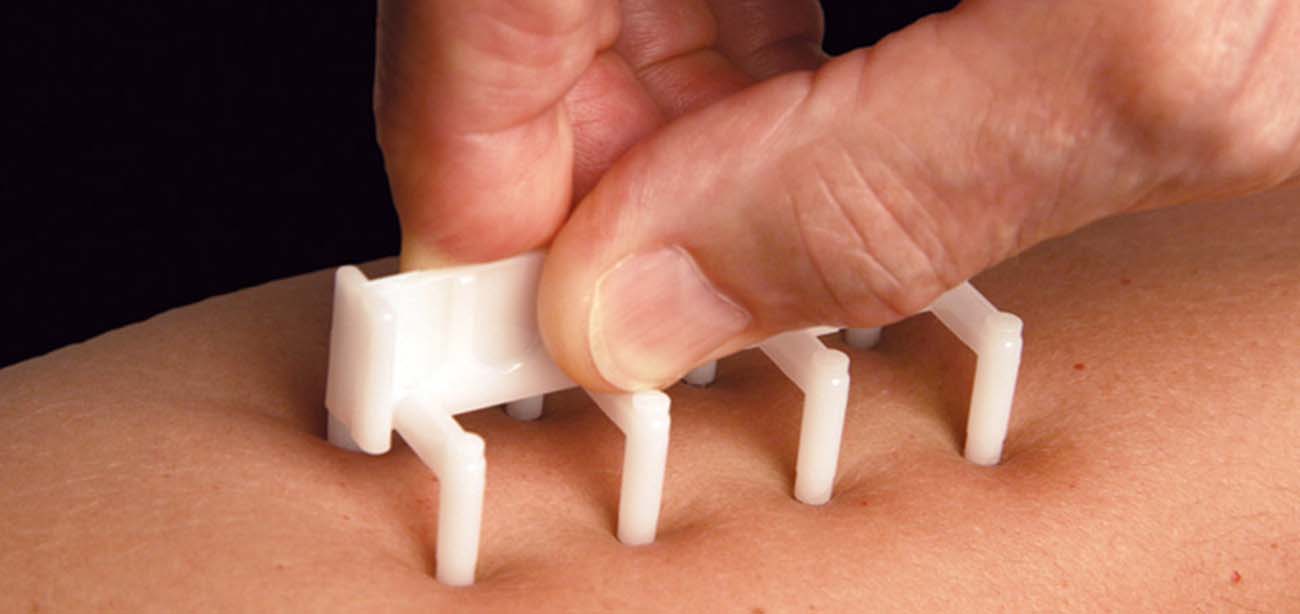Allergy Testing

Why allergy testing is performed
Allergies affect more than 50 million people living in the USA, according to the American College of Allergy, Asthma, and Immunology. Inhaled allergens are by far the most common type. Seasonal allergies and hay fever, which is an allergic response to pollen, affect more than 40 million Americans.
The World Allergy Organization estimates that asthma is responsible for 250,000 deaths annually. These deaths can be avoided with proper allergy care, as asthma is considered an allergic disease process.
Allergy testing can determine which particular pollens, molds, or other substances you’re allergic to. You may need medication to treat your allergies. Alternatively, you can try to avoid your allergy triggers.
How allergy testing is performed
An allergy test may involve either a skin test or a blood test. You may have to go on an elimination diet if your doctor thinks you might have a food allergy.
Skin tests
Skin tests are used to identify numerous potential allergens. This includes airborne, food-related, and contact allergens. The three types of skin tests are scratch, intradermal, and patch tests.
Your doctor will typically try a scratch test first. During this test, an allergen is placed in liquid, then that liquid is placed on a section of your skin with a special tool that lightly punctures the allergen into the skin’s surface. You’ll be closely monitored to see how your skin reacts to the foreign substance. If there’s localized redness, swelling, elevation, or itchiness of the skin over the test site, you’re allergic to that specific allergen.
If the scratch test is inconclusive, your doctor may order an intradermal skin test. This test requires injecting a tiny amount of allergen into the dermis layer of your skin. Again, your doctor will monitor your reaction.
Another form of skin test is the patch test (T.R.U.E. TESTTrusted Source). This involves using adhesive patches loaded with suspected allergens and placing these patches on your skin. The patches will remain on your body after you leave your doctor’s office. The patches are then reviewed at 48 hours after application and again at 72 to 96 hours after application.
Blood tests
If there’s a chance you’ll have a severe allergic reaction to a skin test, your doctor may call for a blood test. The blood is tested in a laboratory for the presence of antibodies that fight specific allergens. This test, called ImmunoCAP, is very successful in detecting IgE antibodies to major allergens.
Elimination diet
An elimination diet may help your doctor determine which foods are causing you to have an allergic reaction. It entails removing certain foods from your diet and later adding them back in. Your reactions will help determine which foods cause problems.
 Call For Appointment
Call For Appointment